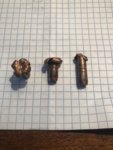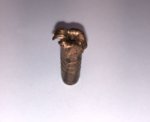I wouldn’t always consider less fragmentation to be an improvement.
True, but they were making the case that by reducing fragmentation that the bullet retains energy for improved penetration. I can see this being more applicable/beneficial to short action cartridges with larger game, such as 6.5 CM on Elk.



